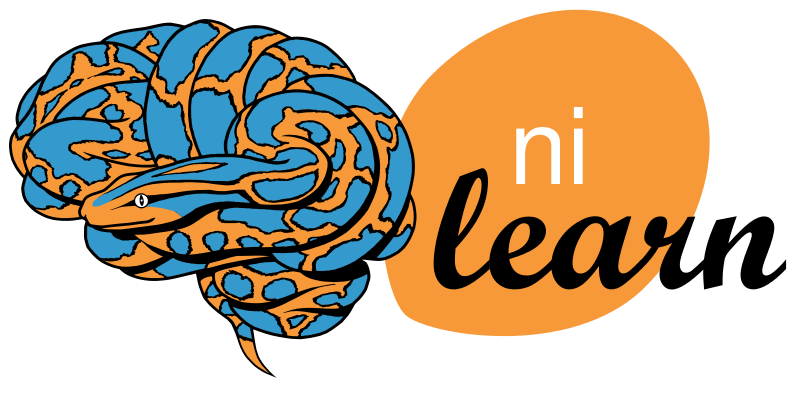Note
This page is a reference documentation. It only explains the function signature, and not how to use it. Please refer to the user guide for the big picture.
6.10.1. nilearn.signal.clean¶
-
nilearn.signal.clean(signals, detrend=True, standardize=True, confounds=None, low_pass=None, high_pass=None, t_r=2.5)¶ Improve SNR on masked fMRI signals.
This function can do several things on the input signals, in the following order: - detrend - standardize - remove confounds - low- and high-pass filter
Low-pass filtering improves specificity.
High-pass filtering should be kept small, to keep some sensitivity.
Filtering is only meaningful on evenly-sampled signals.
Parameters: signals: numpy.ndarray :
Timeseries. Must have shape (instant number, features number). This array is not modified.
confounds: numpy.ndarray, str or list of :
Confounds timeseries. Shape must be (instant number, confound number), or just (instant number,) The number of time instants in signals and confounds must be identical (i.e. signals.shape[0] == confounds.shape[0]). If a string is provided, it is assumed to be the name of a csv file containing signals as columns, with an optional one-line header. If a list is provided, all confounds are removed from the input signal, as if all were in the same array.
t_r: float :
Repetition time, in second (sampling period).
low_pass, high_pass: float :
Respectively low and high cutoff frequencies, in Hertz.
detrend: bool :
If detrending should be applied on timeseries (before confound removal)
standardize: bool :
If True, returned signals are set to unit variance.
Returns: cleaned_signals: numpy.ndarray :
Input signals, cleaned. Same shape as signals.
Notes
Confounds removal is based on a projection on the orthogonal of the signal space. See Friston, K. J., A. P. Holmes, K. J. Worsley, J.-P. Poline, C. D. Frith, et R. S. J. Frackowiak. “Statistical Parametric Maps in Functional Imaging: A General Linear Approach”. Human Brain Mapping 2, no 4 (1994): 189-210.
